What Are The Different Types Of Eczema?
Eczema is a condition in which skin becomes excessively dry, causing uncomfortable and painful symptoms. Eczema predominately occurs in individuals in their childhood, but anyone can develop it. Skin cells in healthy individuals are water abundant, which helps protect them from infection and damage. The skin contains oils and fats that help maintain body temperature, retain moisture, and prevent foreign substances from entering the body. Eczematous skin occurs because the skin is unable to produce enough of the oils and fats needed to hold in water. Due to this mechanism, the skin's barrier is impaired. Gaps between the skin cells allow the deeper skin layers to lose moisture, giving irritants and bacteria an easier way to penetrate and further strip it of its natural oils.
There are several types of eczema out there. Get to know them now.
Contact Dermatitis
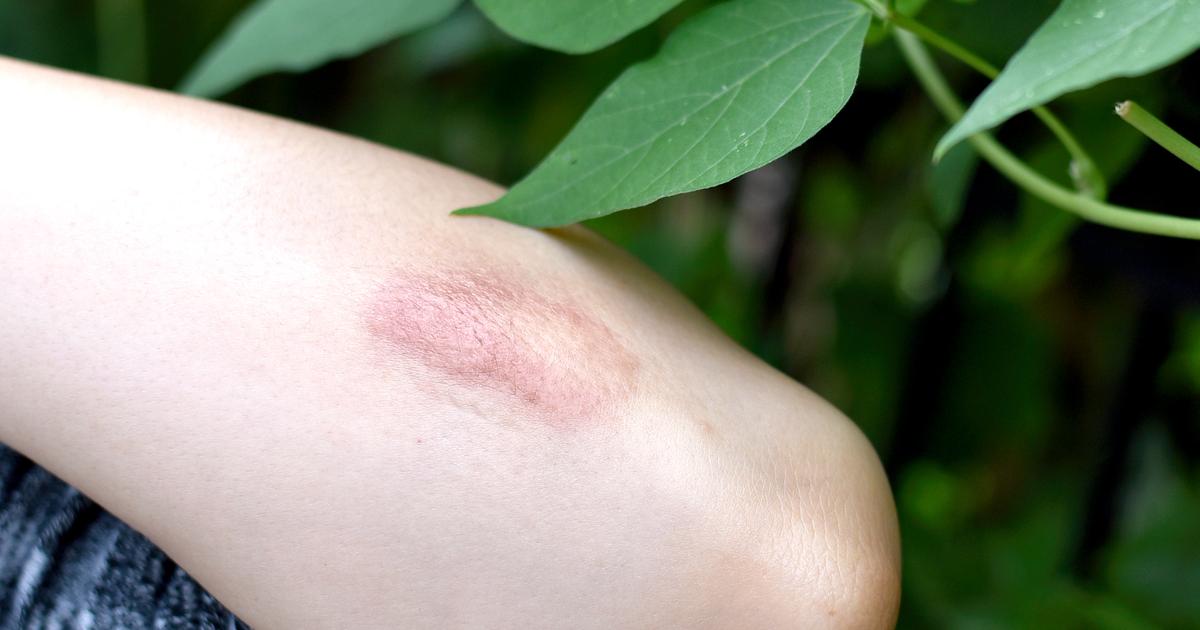
Contact dermatitis is a form of eczema where allergens and irritants in an individual's environment trigger an immune system reaction in their skin. There are three different subtypes in which an individual's contact dermatitis can fall. Irritant contact dermatitis forms quickly on the skin as soon as contact is made with an irritant, heat, or when it is rubbed too hard. Atopic dermatitis patients are at a greater risk of having irritant contact dermatitis. Allergic contact dermatitis develops between forty-eight and ninety-six hours following skin exposure to the allergen. The process an individual's immune system uses to recognize and react to the allergen is implicated in the delayed manifestation of allergic contact dermatitis. Contact urticaria, also referred to as hives, is a less common form of contact dermatitis. It is a rash on the skin that becomes red and swollen immediately following skin exposure to the irritating substance. This form of contact dermatitis does not stay on the skin for as long as the other two forms.
Read more about the different types of eczema now.
Atopic Dermatitis
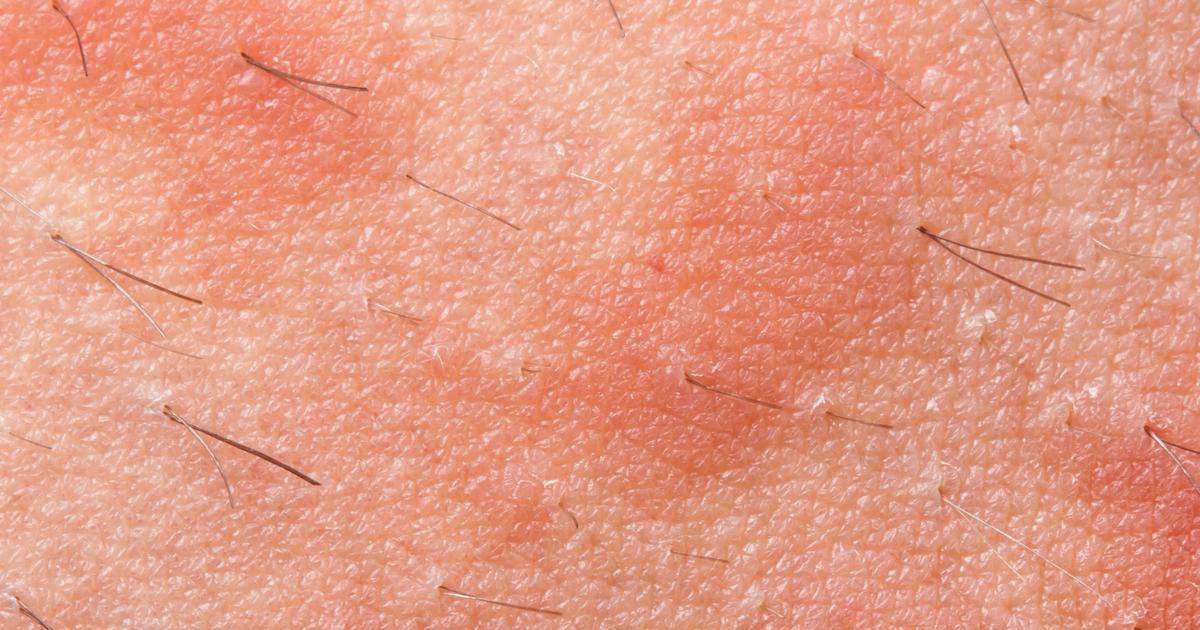
Atopic dermatitis is a form of eczema caused by a familial and personal predisposition to eczema because of an inherited defective skin barrier. It typically manifests within the first six months of an individual's life. Atopic dermatitis is known to be more severe than other types but tends to disappear as an individual grows older into their teen and adult years. Individuals affected by hay fever and asthma or have relatives with either condition are at a greater risk of developing atopic dermatitis. Atopic dermatitis patients also have a genetic mutation that affects the way their bodies produce a protein called filaggrin, which is what creates the protective skin barrier that keeps water inside the cells and keeps the cells tightly packed together. Individuals with atopic dermatitis are more prone to developing skin infections, such as herpes or staph, because of the dysfunctional skin barrier. Atopic dermatitis tends to have a pattern of periodic outbreaks and flare-ups that alternate with periods of symptom reduction. Anti-inflammatory systemic drugs, antibiotics, medicated creams, medicated lotions, and biologic drugs are used to treat atopic dermatitis.
Continue reading to learn more about the different types of eczema now.
Dyshidrotic Eczema
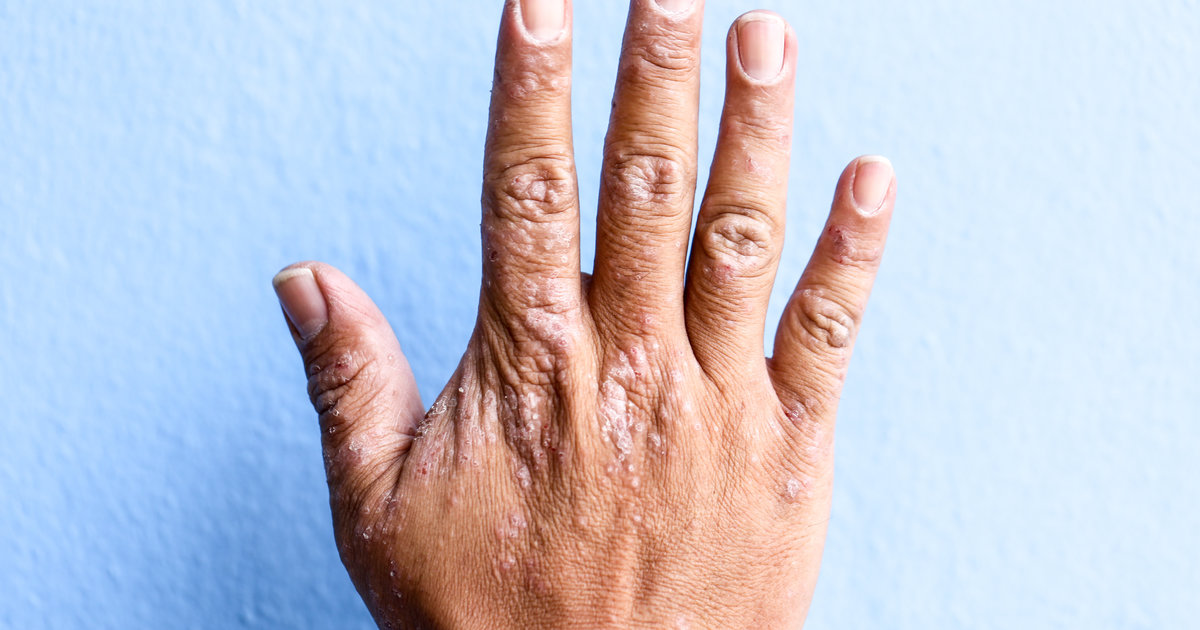
Dyshidrotic eczema is typically limited to an affected individual's hands and feet. This form of eczema is characterized by painful blisters that develop on the palms of the hands and the soles of the feet. These blisters are typically filled with fluid and tend to cause an itchy sensation. Stress or seasonal allergies can trigger a flare-up of this type of eczema. The blisters usually last for between two and four weeks, and when the blisters start to heal, the skin becomes excessively dry, painful, and begins to crack. Dyshidrotic eczema commonly affects individuals between twenty and forty years old, but can develop at any age. Individuals who have occupations that expose them to nickel, cobalt, or chromium particles are more likely to develop this form of eczema. An individual is also at a higher risk of developing dyshidrotic eczema if their hands and feet frequently come in contact with water or are excessively moist. This form of eczema is treated with the use of corticosteroid creams, UV light treatments, antihistamines, anti-itch ointments, antibiotics, drainage of large blisters, and immune-suppressing ointments.
Uncover more types of eczema now.
Seborrheic Dermatitis
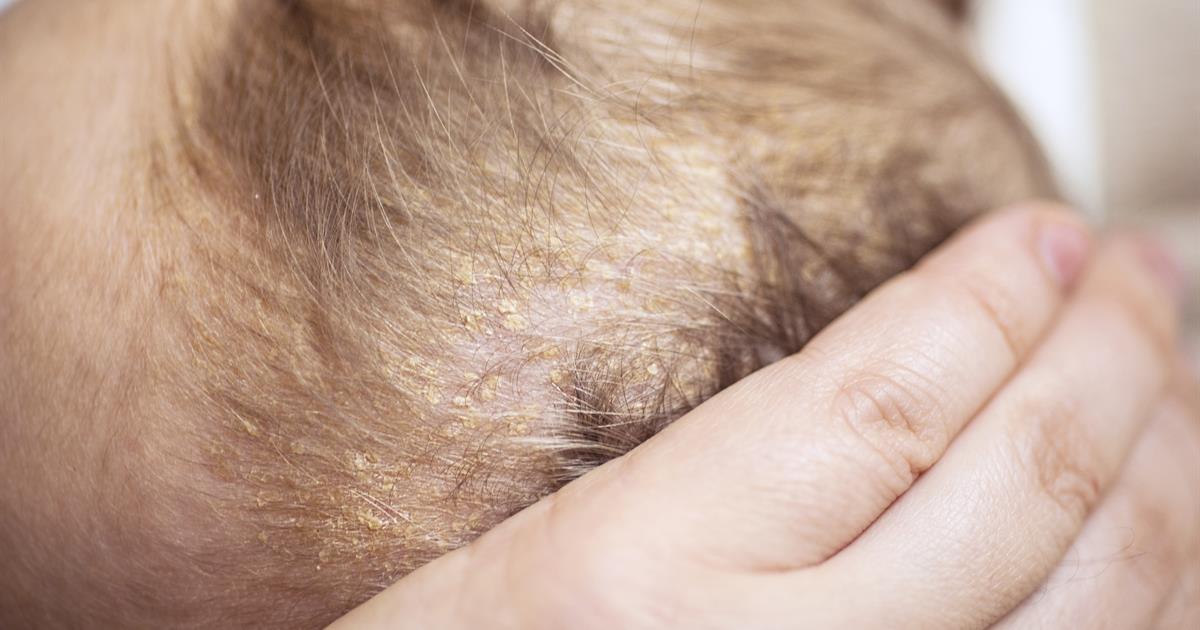
Seborrheic dermatitis is commonly seen in infants before they reach the first year of life but can occur at any age. This form of eczema frequently affects an individual's scalp with the development of red, scaly patches and persistent dandruff. In some cases of seborrheic dermatitis, the skin patches can affect parts of the body with a higher oil content, including the eyebrows, eyelids, face, sides of the nose, ears, and chest. When an infant has seborrheic dermatitis, it is referred to as cradle cap. The symptoms of this form of eczema tend to worsen when the patient is under great amounts of stress, and in cold and dry seasons. The exact cause of seborrheic dermatitis is unknown, but it is said to be associated with an abnormal immune system response and an infection by a fungus called Malassezia. Treatment for seborrheic dermatitis focuses on controlling lesions and managing dandruff on the scalp and may include the use of medicated shampoos, ointments, creams, and lotions. If an individual's seborrheic dermatitis is suspected to be caused by a fungal infection, oral anti-fungal medication will be prescribed.
Get more details on the various types of eczema now.
Nummular Eczema
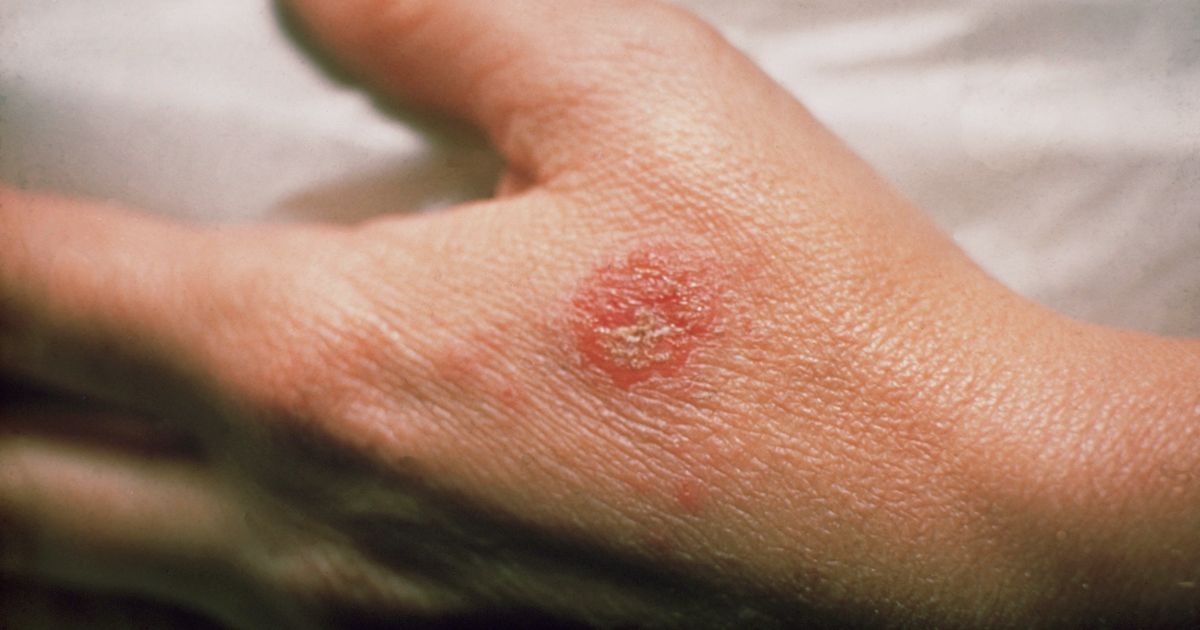
Nummular eczema typically occurs in adults affected by unusually dry skin but can also happen to teenagers and children. This type of eczema is characterized by the development of round coin-sized spots on the skin. These spots have well-defined borders, itch excessively, become dry and crusty, and may ooze fluids. The arms and legs are the most common places for these spots to develop, but they can occur anywhere on the body. Nummular eczema spots may be red, brown, or pink. The skin that surrounds nummular lesions may become inflamed, swollen, and red. Injuries to the skin, such as burns, bites from insects, blisters, rug burns, and abrasions, are known to trigger outbreaks of nummular eczema. The nummular eczema spots on an affected individual's skin may last for up to several months. Nummular eczema is more likely to occur in men than it is in women. Treatment of this type of eczema consists of avoiding skin injury, taking antihistamines, avoiding harsh soaps, showering in lukewarm water, using medicated ointments, and keeping skin hydrated with non-scented moisturizer.